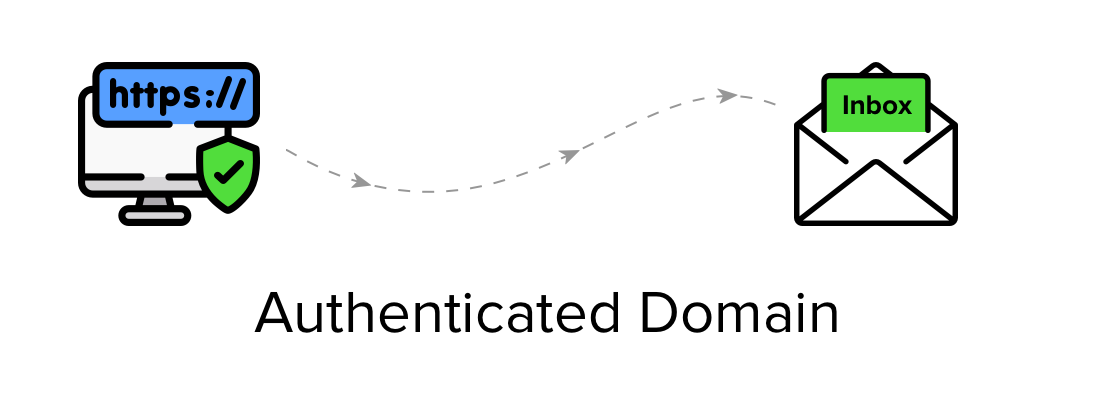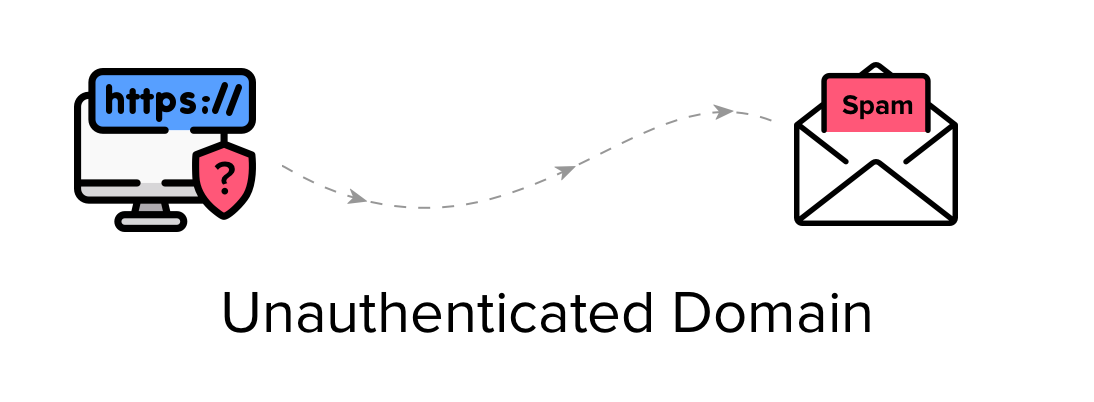Understand Email Management
 This help page is for users in Creator 6. If you are in the older version (Creator 5),
click here
. Know your Creator
version
.
This help page is for users in Creator 6. If you are in the older version (Creator 5),
click here
. Know your Creator
version
.
What's a Sender Email?


Add Email

Verify Email

What's Domain Authentication?
Domain authentication is a mechanism where a mail recipient's email service provider verifies that an email has come from a legitimate source.
For example, say you are adding a Sender Email address ' example@zylker.com '. However, the email is sent by 'zohocreator.com' on behalf of 'zylker.com'. This means that the receiver is receiving an email from two domains, zylker.com and creator.com . There is a chance for this email to be identified as a potential threat, sending an alarm to the recipient's email service provider that creator.com is being misused. In such circumstances, the email could be labeled as spam or could be blocked from reaching the recipient. This mishap can be avoided if the sender's domain is authenticated.
An authenticated domain provides an affirmation that the email does not pose any threat.


What happens in a Domain Authentication process?
Every time you add a new Sender Email Address to your Zoho Creator account, its domain is automatically listed in the Domain Authentication section with a 'Pending Authentication' status. This newly added domain needs to be authenticated using the Sender Policy Framework (SPF) and Domain Keys Identified Mail (DKIM) records.
- SPF : The receiver's email server verifies that the email has come from a trusted email server and that the email sender's details have not been modified.
- DKIM : The receiver's email server validates whether the emails are generated from authorized servers that are configured by the administrators of the sender's domain.
Copy and paste
Creator's SPF and DKIM records in the DNS settings of your domain, then click
Validate
to get it authenticated. When this process is complete, the domain authentication status will automatically be changed to '
Completed
'. When you send an email, your recipient will verify the records and grant permission for Creator to be able to send on your behalf.
What's Email Analytics?
Related Topics
Zoho CRM Training Programs
Learn how to use the best tools for sales force automation and better customer engagement from Zoho's implementation specialists.
Zoho DataPrep Personalized Demo
If you'd like a personalized walk-through of our data preparation tool, please request a demo and we'll be happy to show you how to get the best out of Zoho DataPrep.
You are currently viewing the help pages of Qntrl’s earlier version. Click here to view our latest version—Qntrl 3.0's help articles.
Zoho Sheet Resources
Zoho Forms Resources
Zoho Sign Resources
Zoho TeamInbox Resources
Related Articles
Understand Operations
Overview Operations helps to manage various functions for the Solutions and their components efficiently from one place. These operations can be used to perform actions such as backing up your data, enabling troubleshooting to resolve issues, or ...Understand Application Activity
What Does This Page Cover? Learn about Application Activity Dashboard and how it makes it easier to analyze and monitor the usage statistics across applications in a single platform. Learn more about the Metrics dashboard. Availability Metrics is ...Understand Form Workflows
Form workflow refers to the workflow triggered when there is an activity on a form. The activities that you can perform on a form are listed below. Created - Create a new record in the form Created or Edited - Create a new record or edit an existing ...Understand subform field
The subform field enables you to display a form within a form. The form in which you add a subform is referred as the main form. Refer to the following sections to learn about subforms: Appearance When to use this field Understand adding a subform ...Understand ZML snippet
Snippets are stand-alone, re-usable code pieces that can add additional functionality. ZML or Zoho Markup Language is a simple markup language used to create pages in your Zoho Creator Appliction. Using ZML, you can build various elements of your ...















